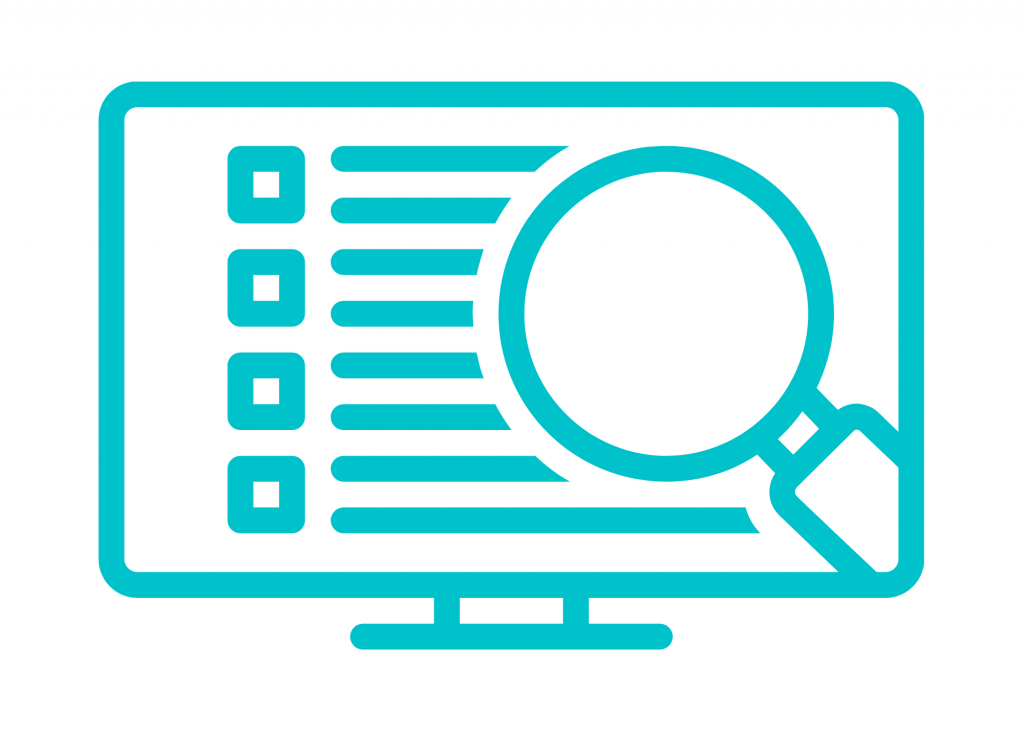Advocate for policies, procedures, programs, and funding strategies to support implementation of the shared vision represented in the school and district technology plans and guidelines
ISTE Coaching Standards (2014)

Resonant Idea: Support implementation of a shared vision
The Devil is in the Details
One thing I have learned in supporting teachers during the Covid-19 outbreak is that the little things can be the difference between a decent and difficult technology experience. Vision for equitable and intelligent use of technology is essential, but if you can’t get the camera working or OneNote isn’t syncing properly, a student and teacher’s view of ed tech can quickly nosedive.
This situation is not isolated to emergency remote teaching due to a pandemic – it’s also reflected in the day to day frustrations that technology can cause for teachers and students.
The key is that the benefits have to outweigh the troubles. Coaches can contribute to making the vision a reality through:
- Working to ensure that the technology chosen by the district is vetted by teachers in the classroom. My post Leveraging the Power of Teacher Innovators & Early Adopters describes the benefits and best practices for running pilot programs to evaluate ed tech products.
- Providing professional development that is based on what teachers have said they need, is hands-on, collaborative, and ongoing. My post Online Methods Support Effective Professional Development investigates research-based best practices for professional development. One thing that was clear is that the “one and done” model does not support teachers in deep learning. Instead they need long-term, collaborative or mentor-supported training to effectively change their teaching practice, including integrating technology.
- Using data to unite teachers around technology use that supports a district’s vision, as I document in my post A Data-driven Approach to Professional Development.